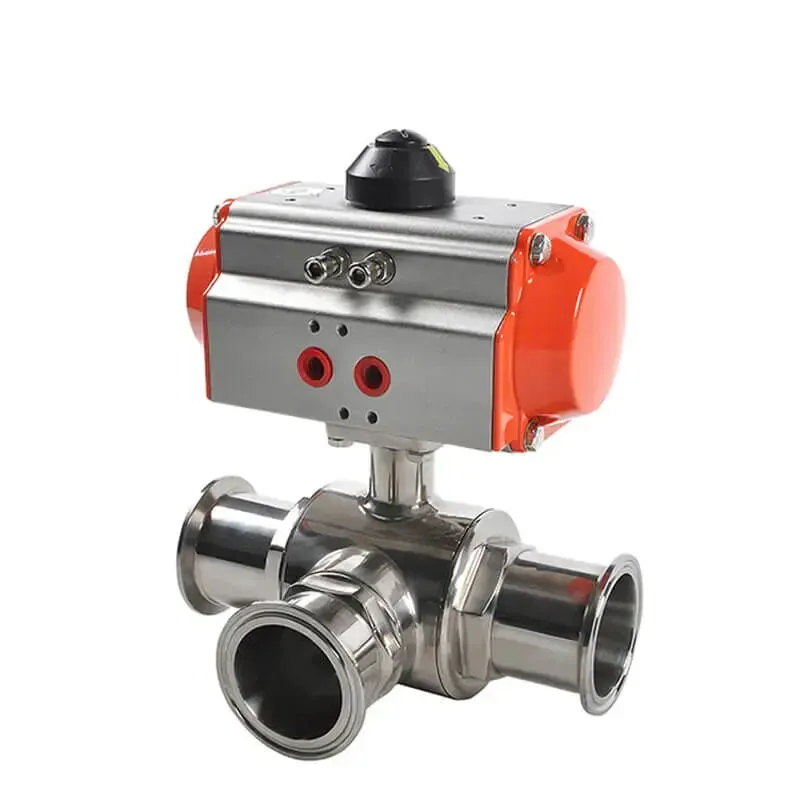
Ball valves are widely used in industry because of their simple design and operation. They typically have a quarter-turn rotary operation with an internal perforated sphere that controls the flow of fluid. Ball valves are known for their durability and excellent shutoff performance, which makes them ideal for a variety of applications. However, they have limitations in the precision of their flow control and are typically used in environments where very fine control is not required. For example, ball valves can be used to maintain approximate accuracy of liquid levels in large storage tanks, but may not be suitable for situations where precise metering is required.
When selecting a ball valve as a control valve, there are several conditions in the process that need to be considered that will affect the performance and selection of the valve. First, evaluate the nature of the fluid or gas being controlled, including its chemical composition, viscosity and corrosiveness. Next, consider the size and configuration of the piping system to ensure that the valve will be compatible with the existing system. Additionally, flow rate is an important factor that determines the volume and velocity of the fluid as it passes through the valve. If the material being handled is expensive or valuable, a ball valve may not be the best choice given the potential for waste, as it may not provide the required level of control accuracy.
Although ball valves perform well in some applications, they have some limitations in terms of precise control. The adjustment of ball valves is often disproportionate to the large opening they provide, which results in a significant "tilt" or "gap" between the stem and the ball, which hinders fine control. In addition, the torque required to operate a ball valve may limit its ability to make fine adjustments, especially in the nearly fully closed or fully open position. These limitations may make ball valves unsuitable for applications that require a high degree of accuracy in flow control.
Globe valves are often preferred for applications that require finer flow control. Globe valves are known for their ability to precisely regulate flow, and they can provide more linear and controlled flow regulation. Globe valves are better suited for applications that require precise flow regulation than ball valves, which are typically used for simple on/off control without significant pressure drop.
If you must use a ball valve for control, consider some specially designed ball valves that offer improved performance. For example, trunnion ball valves have additional mechanical anchors at the top and bottom of the ball, which minimize the gap between the ball and the stem, thereby improving control accuracy and reliability. Another option is the V-ported ball valve, which has a "V" shaped opening rather than a standard round hole. This design allows for more linear flow regulation and improved control performance.
While ball valves are favored for their wide range of applications and cost-effectiveness, they may not always be suitable for applications that require precise flow control. Understanding the limitations of ball valves and considering alternatives such as globe valves, or selecting specialized ball valves such as trunnion and V-port types, can help you make a more informed decision based on the needs of your specific application. When selecting a valve, always consider the process conditions and requirements to ensure optimum performance and efficiency.
